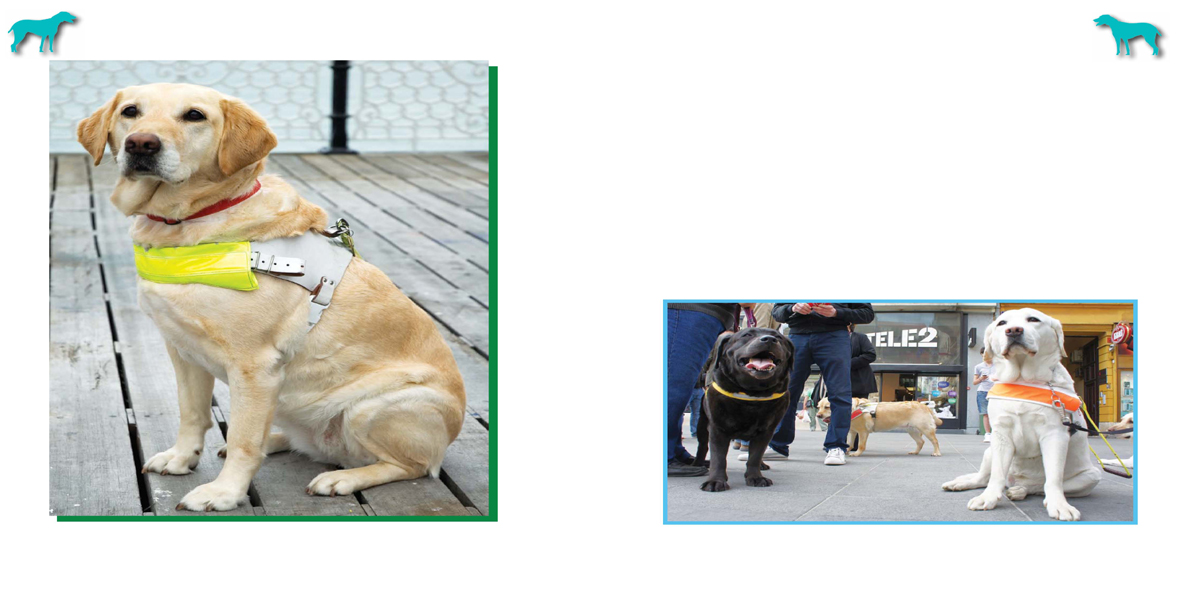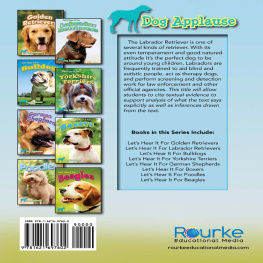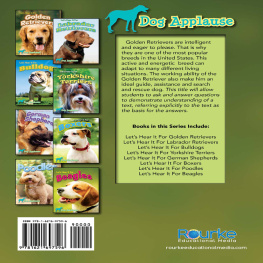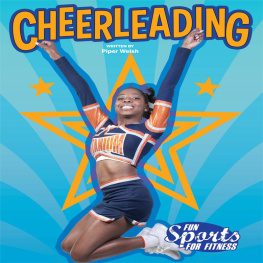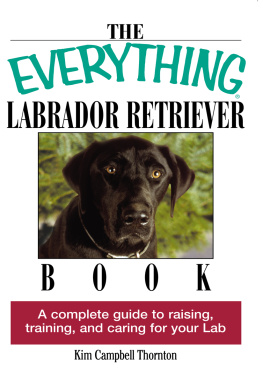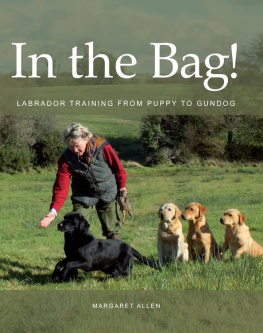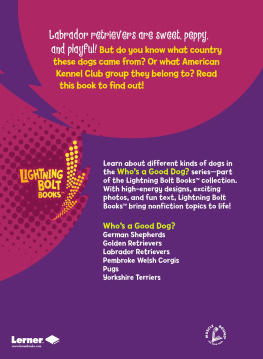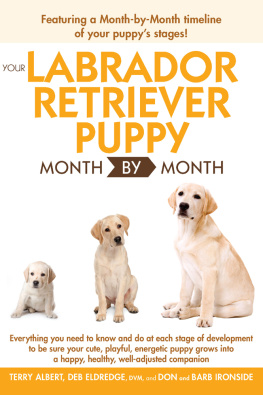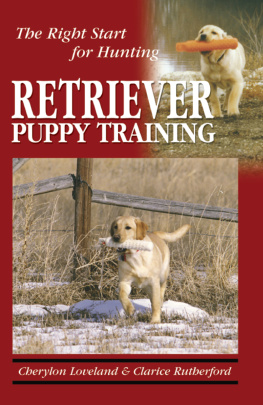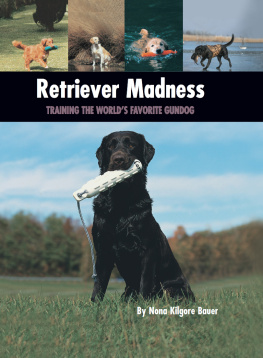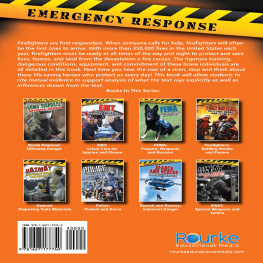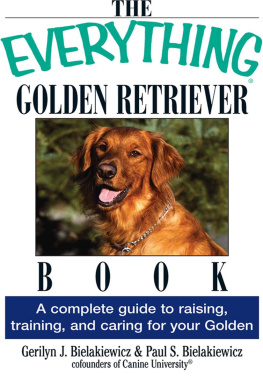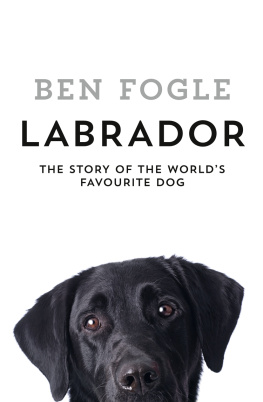Table of Contents
Guide
Level: N Word Count: 634 Words
100th word: warm
Content Area Vocabulary:
Read the list. What do these words mean?
calm
commands
disabilities
gentle
guide
instincts
obedient
purebred
training
undercoat
Building Background Knowledge
Before reading a book, it is important to tap into what your child or students already know about the topic. This will help them develop their vocabulary, increase their reading comprehension, and make connections across the curriculum.
| Look at the cover of the book.
What will this book be about? |
| What do you already know about the topic? |
| Lets study the Table of Contents.
What will you learn about in the books chapters? |
| What would you like to learn about this topic? Do you think you might learn about it from this book? Why or why not? |
| Use a reading journal to write about your knowledge of this topic. Record what you already know about the topic and what you hope to learn about the topic. |
| Read the book. |
| In your reading journal, record what you learned about the topic and your response to the book. |
| Complete the activities at the end of the book. |

2014 Rourke Educational Media
All rights reserved. No part of this book may be reproduced or utilized in any form or by any means, electronic or mechanical including photocopying, recording, or by any information storage and retrieval system without permission in writing from the publisher.
www.rourkeeducationalmedia.com
PHOTO CREDITS: Cover, Bonzami Emmanuelle; : Erik Lam
Edited by: Luana Mitten
Cover design by: Renee Brady
Interior design by: Ashley Morgan
Library of Congress PCN Data
Welsh, Piper.
Lets Hear It For Labrador Retrievers / Piper Welsh.
p. cm. -- (Dog Applause)
Includes index.
ISBN 978-1-62169-865-4 (hardcover)
ISBN 978-1-62169-760-2 (softcover)
ISBN 978-1-62169-966-8 (e-Book)
Library of Congress Control Number: 2013936476
Rourke Educational Media
Printed in the United States of America,
North Mankato, Minnesota


rourkeeducationalmedia.com
PO Box 643328 Vero Beach, Florida 32964
Table of Contents
Labrador Retrievers
Labrador Retrievers are big, gentle dogs with great instincts to retrieve. Retrieving dogs are especially good at being trained to bring objects back to their owners.
Many Labradors were used as bird hunting dogs because of this excellent retrieving instinct. But Labradors make fantastic companion dogs too.
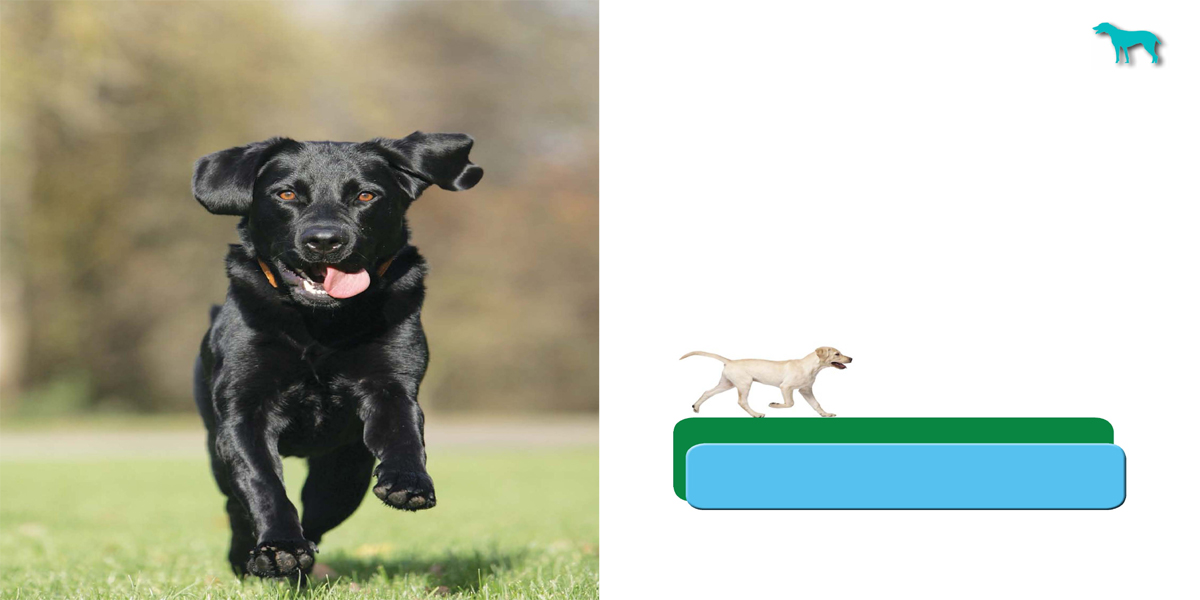
Labradors are fun-loving, athletic dogs.
| Labrador Retriever Facts |
| weight: | 55-80 pounds (25-36 kilograms) |
| Height: | 21.5-24.5 inches (55-62 centimeters) |
| Country of Origin: | Canada |
| Life Span: | 12-13 years |
Labrador Retrievers are easily the most popular purebred dogs in both the United States and Canada. American Kennel Club (AKC) records show that Labs took the number one position in 1991. They continue to hold it into the new century and they are still the number one breed today.
Look at Me!
Labs have short, straight coats over dense undercoats. The undercoat keeps them warm in most weather conditions.
The early Labs were black. In more recent years, breeders have developed yellow and chocolate Labs, too.
Labs have broad heads with floppy ears and strong, fairly square jaws. Their tails are long and straight, and rounded like a flagpole.
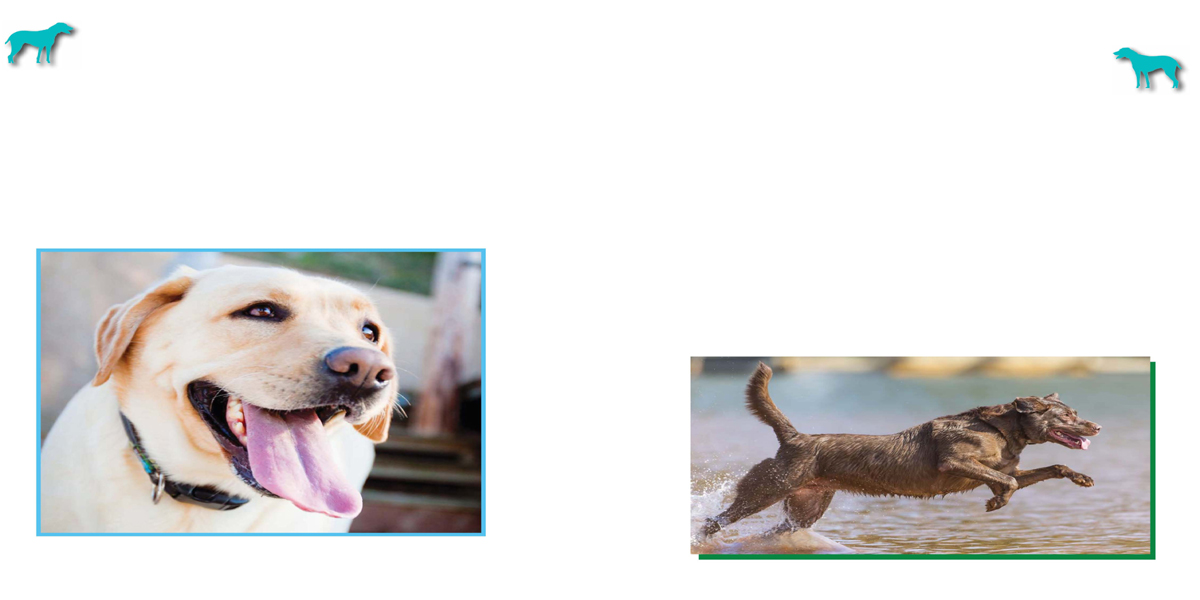
Many people describe the Labradors personality as easy going, meaning that most things do not upset them.
If theres water you can usually count on playtime for a Labrador. In general, Labs love to splash and swim.
History of the Labrador
Labrador is a large territory in eastern Canada. One can certainly find Labrador Retrievers there. But the first Labs were from Newfoundland. Newfoundland is a province in cold, foggy northeastern Canada.
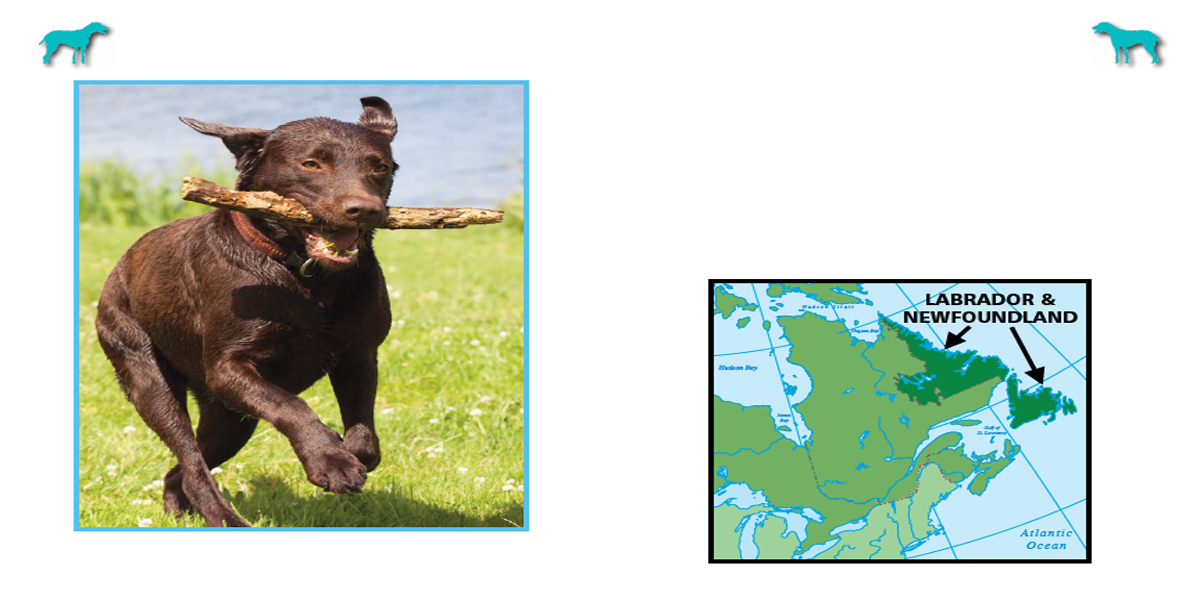
Young Labradors can have lots of energy so it is important that owners give them plenty of time to exercise.
With their dense, black coats, the first Lab-like retrievers were true water dogs. They retrieved ducks, geese, and even fish. They also pulled small fishing boats in icy water.
These dogs of the early 1800s were called St. Johns Newfoundland dogs. St. Johns is the largest city in Newfoundland. Curiously, dogs of this type began to die out. One reason was a costly dog tax in Newfoundland.
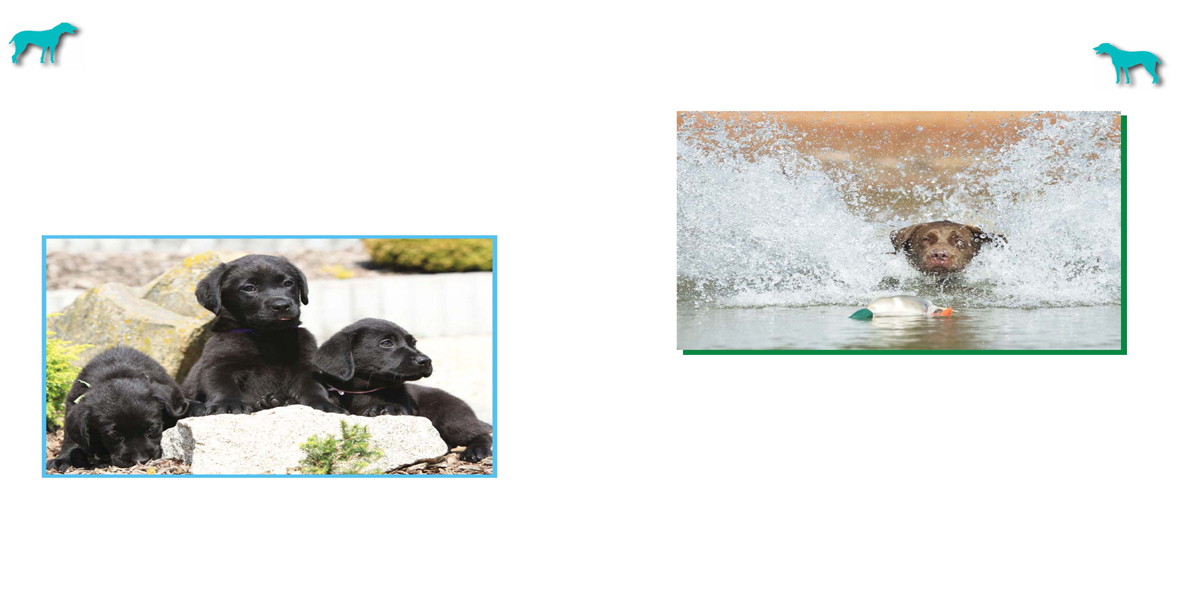
Labrador puppies are affectionate and playful.
Labradors respond quickly in the field. This quality makes them prized sporting dogs.
Many of the St. Johns Newfoundlands, however, had been taken to England in the early 1800s. English dog breeders mated some of many years, the result of their work was the modern, water-loving Labrador Retriever.

In Newfoundland, Canada, people are proud of their role in the development of two fine canine breeds, the Labrador and the Newfoundland.
Labradors will retrieve and carry just about anything. So, if you are thinking about owning a Lab, be ready to play.
The Perfect Service Dog
Labs are one of just three dog breeds commonly used as guide, or service, dogs for people who are blind. These dogs undergo almost two years of training at special schools. Then they can begin work with their masters who are visually impaired. Other Labs are trained to work with people who have other disabilities, such as epilepsy.
